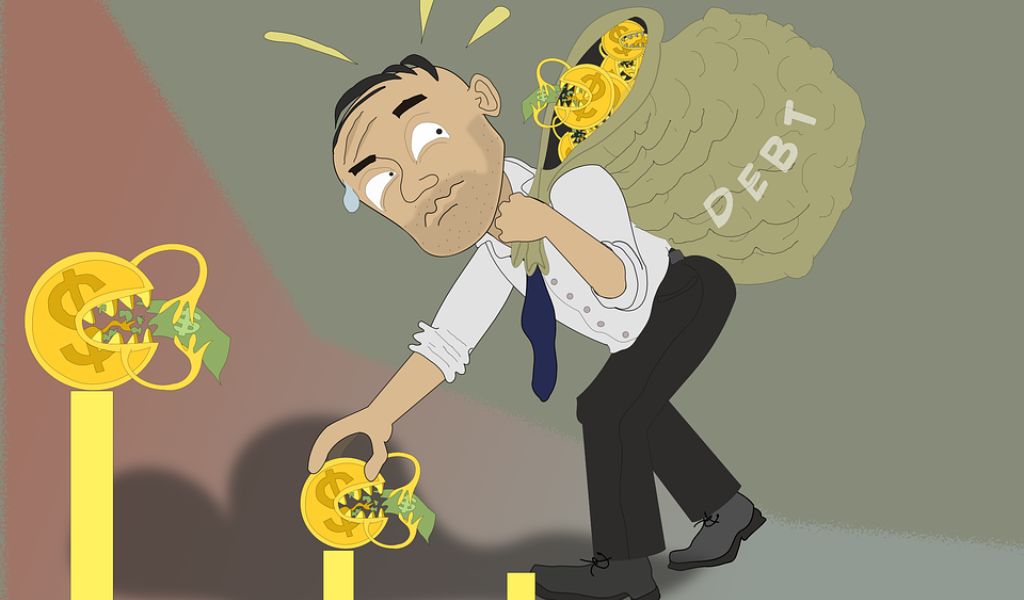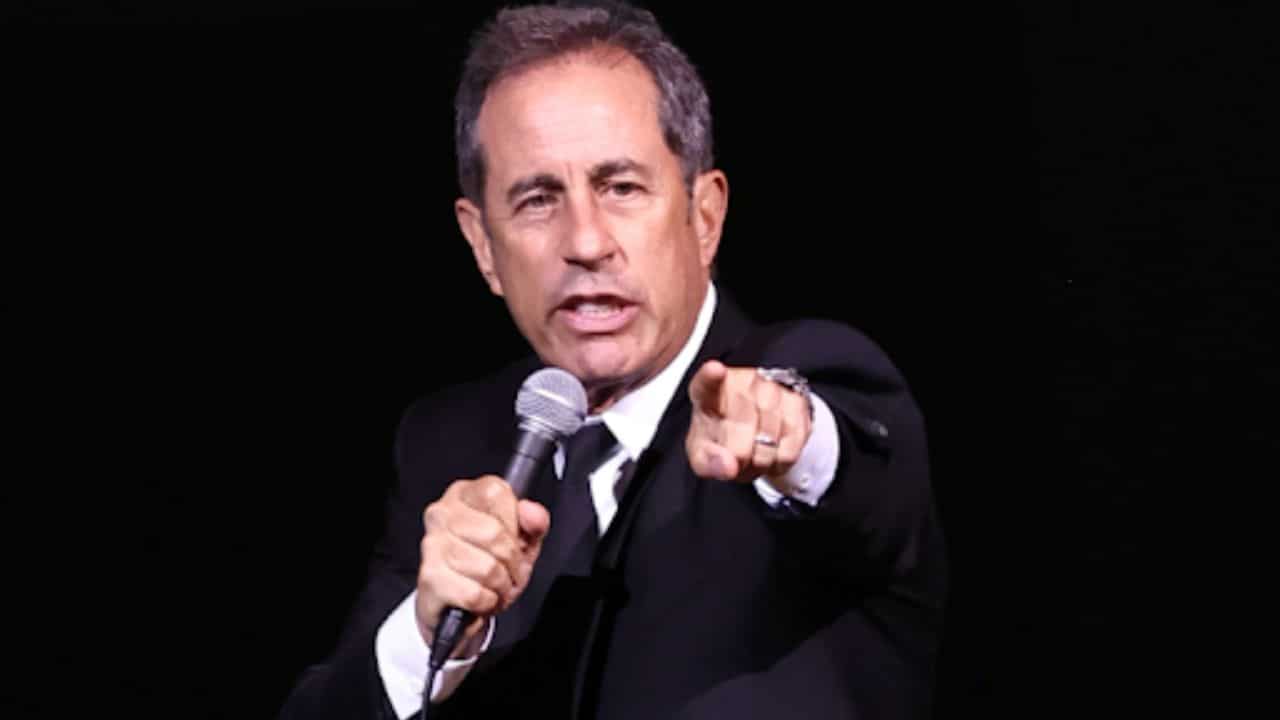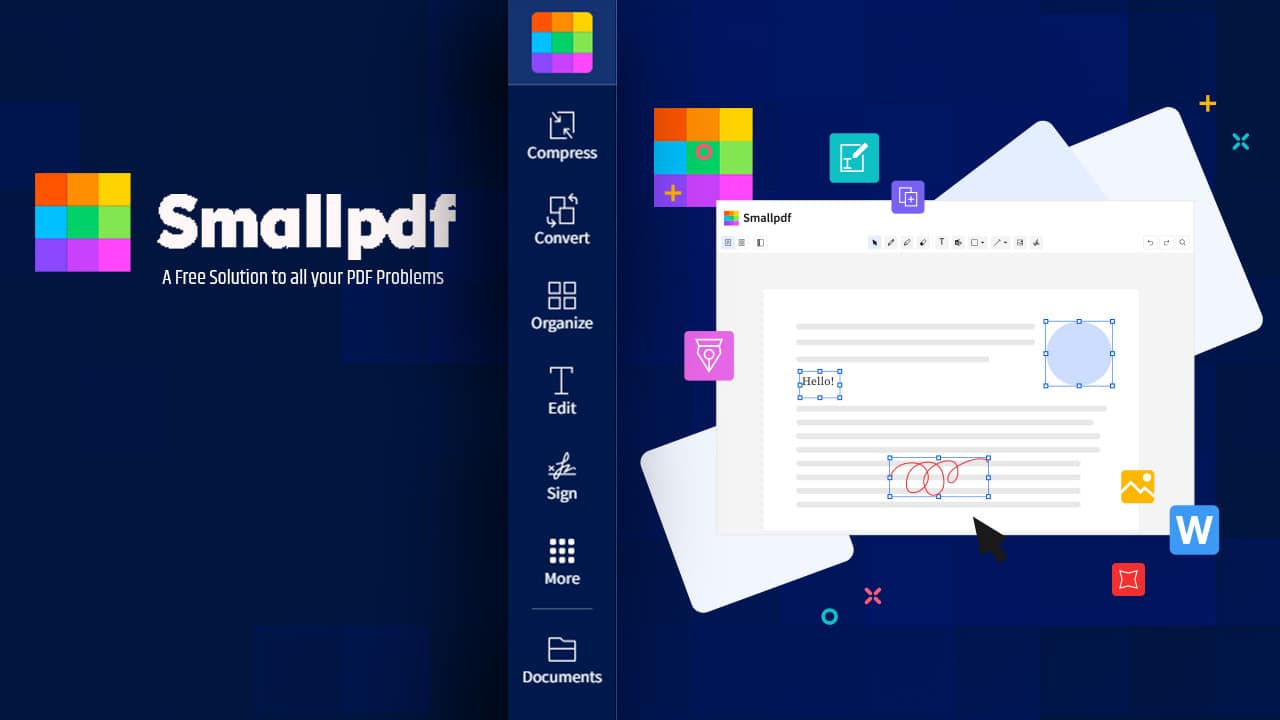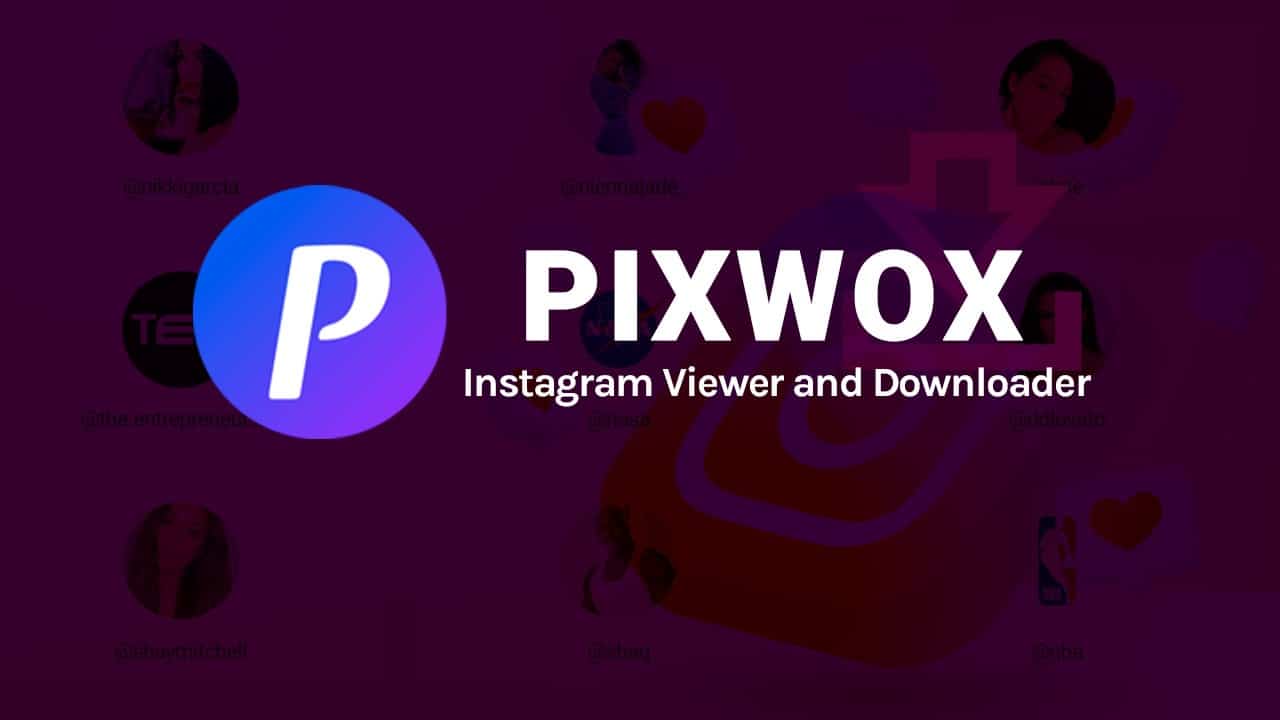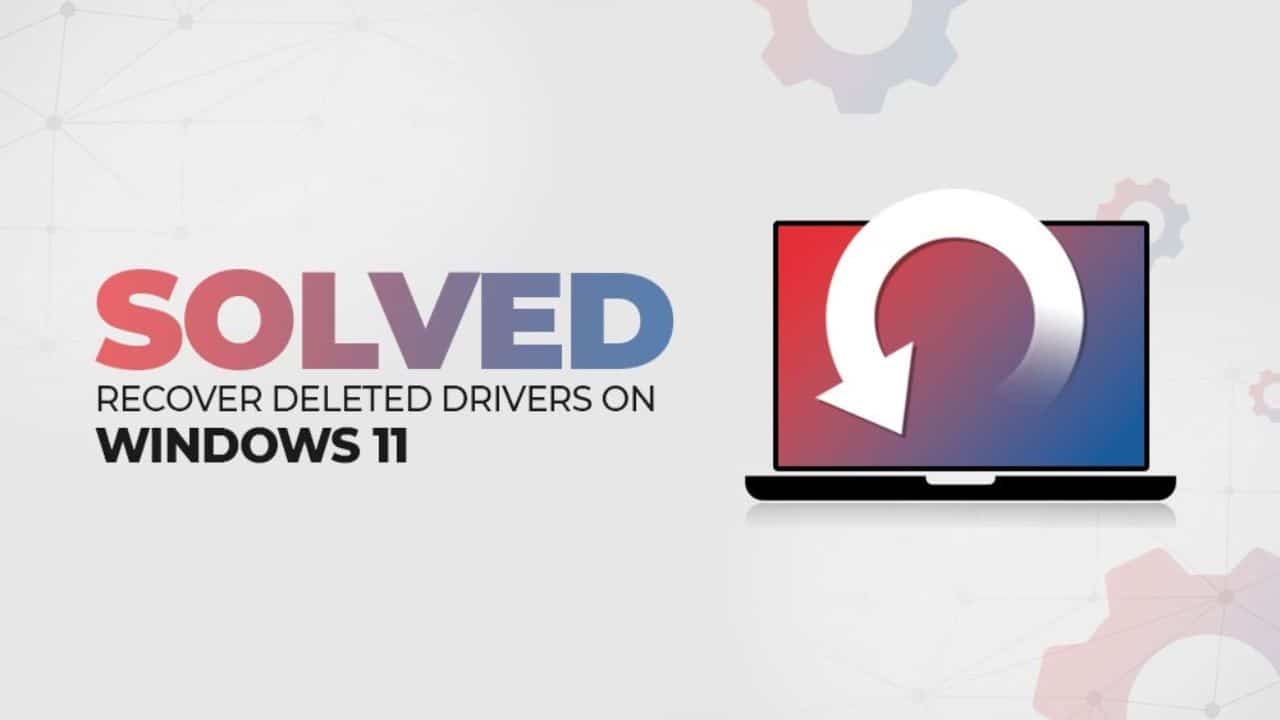Have you ever gotten into an overwhelming situation with incoming? Have you ever found yourself overwhelmed with debt and unsure of how to handle it? You’re not alone. Many Americans face this problem every day and struggle with financial stress and late payments. This article will explore debt relief and how it can improve your financial stability and future expenses.
What is Debt Relief?

In order to comprehend the different types of debt relief, it’s important to understand what it means. Debt relief enables people to take back control of their finances and have a fresh start. It involves restructuring a borrower’s debts to make them more manageable, which can include reducing or eliminating debts. Some common forms of debt relief include bankruptcy, consolidation, forgiveness, and debt settlement.
Types of Debt Relief
There are several types of debt relief options available that are designed to address specific financial situations. Here are some common ones that you can consider:
Bankruptcy
Bankruptcy is a legal process and a preferred choice by individuals or corporations that are unable to meet their financial responsibilities. There are various varieties of bankruptcy, including Chapter 7 and Chapter 13.

Chapter 7, also known as the “liquidation bankruptcy,” is the one that people usually file for. The Chapter is famous for allowing the liquidation of assets to pay creditors, and it typically involves completing forms and a review of assets by the trustee.
Chapter 13 bankruptcy allows people to form a repayment plan to pay off their obligations over a fixed length of time, usually three to five years. When filing for bankruptcy, keep in mind that although it might provide a fresh start, it can also have long-lasting effects on creditworthiness.
Consolidation
Consolidating multiple debts into one loan with better repayment terms and a lower interest rate is known as debt consolidation. This approach can simplify debt repayment for individuals and potentially reduce their monthly payments.
There are various ways to consolidate debt, including personal loans, balance transfers to credit cards with lower interest rates, and acquiring a home equity loan or line of credit. It’s crucial to carefully examine consolidation options’ terms and associated costs to ensure they are beneficial in the long run.
Forgiveness
Debt forgiveness occurs when a creditor agrees to cancel some or all of a debt. This usually happens when the debtor is experiencing financial hardship or qualifies for government assistance.
This type of debt can come from the creditor or from government programs, like student loan forgiveness. However, debt forgiveness can have tax implications because the amount forgiven may be classified as taxable income.
Debt Settlement
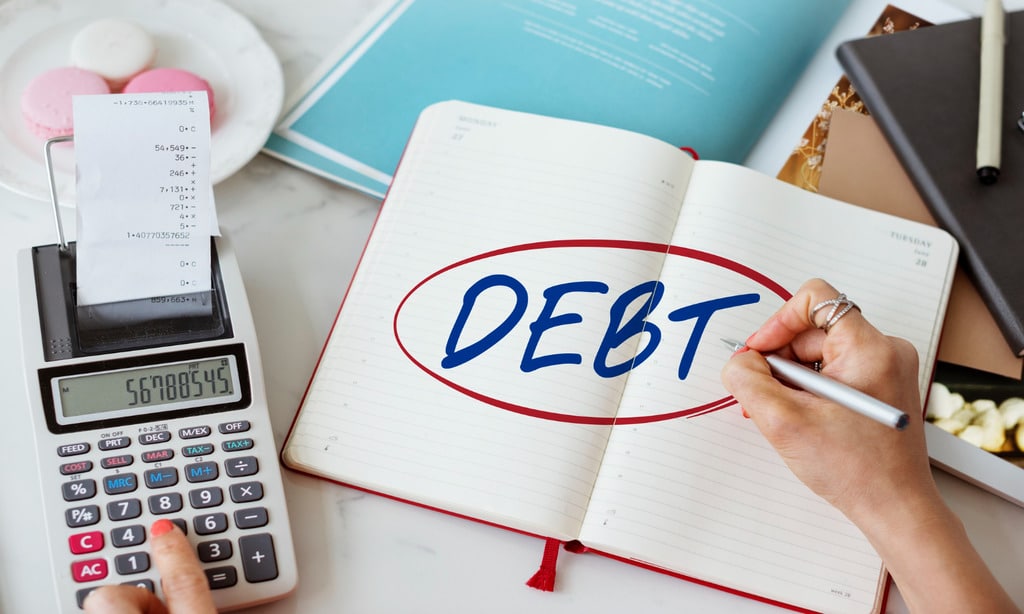
When your debt is settled for less than what you owe, and you agree to pay the agreed-upon sum in full, it is called debt settlement. Debt settlement organizations can assist you in negotiating with your creditors, but it’s essential to be cautious and fully comprehend the expenses involved. Some organizations may engage in unethical practices, so it’s crucial to be careful when dealing with them.
Find the Best Local Lawyer to Help You
The long and complex process of debt relief can be challenging and tiring. That’s why many people prefer to turn to professional assistance, such as a local lawyer with expertise in debt relief. Not only can they provide you with valuable guidance, but they can assess your specific situation and recommend the most suitable options for your needs.
At DebtStoppers, we understand your challenges and are dedicated to helping you achieve financial freedom. Our team of legal experts offers a free consultation where you can discuss your concerns and receive customized advice. Don’t wait until it’s too late to reach out to us for assistance.


